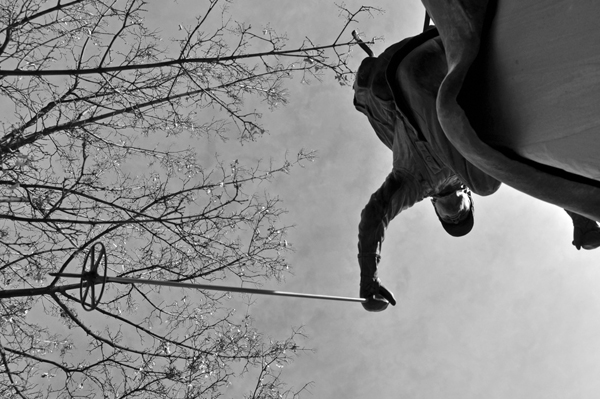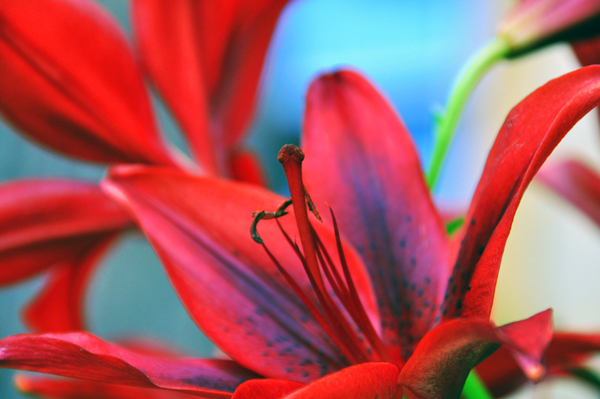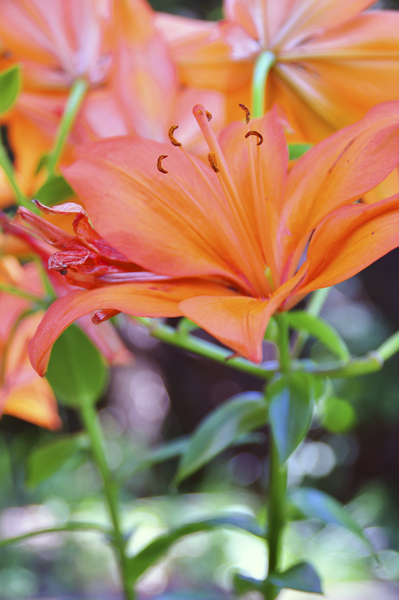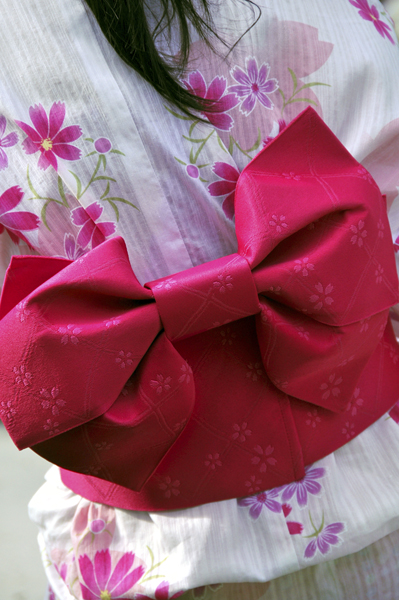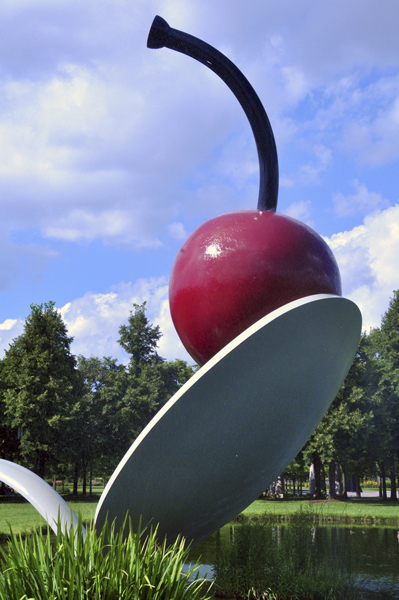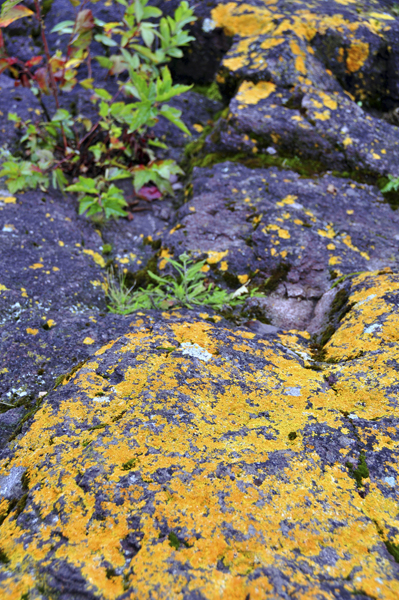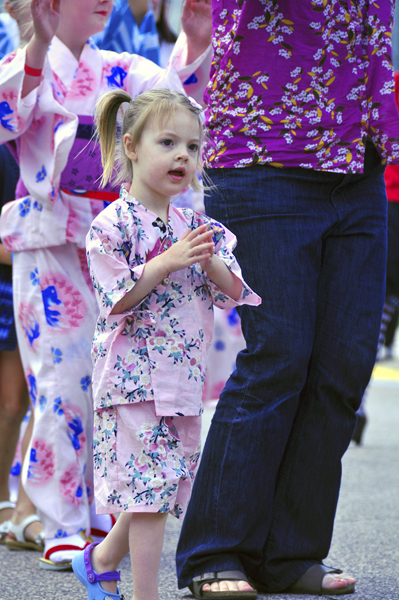One of the most challenging aspects of photographing that you may encounter is having to shoot on an overcast day. It is also frustrating because this is something you cannot plan around or avoid, especially when you are having to take photographs on a very particular day. Don’t be discouraged when this happens because there are certain things to keep in mind that can help your shots and can actually use the situation to your advantage.
One thing to always know is that no one negative aspect can completely ruin any shot. Overcast days present some challenges because of their sometimes very flat lighting. But, don’t throw in the towel! It does not mean that the photographs will lack vibrancy or interest. It is up to you as the photographer to make more out of the positives that you do have. When the day presents seemingly boring lighting, one of the first things you can do to save your shots is to add more focus and tension to the composition.
Use strong angles and perspective so that the leading lines and vanishing point take the focus off of an otherwise dull sky. An overcast day, with some increased contrast and manipulation can also present amazingly dramatic clouds and unique lighting. Do not be afraid to include this even though a semi-sunny sky seems to be the most optimal lighting for any shot. This is not necessarily true! Controlling the light metering may be easier, but the flat lighting could add emotion to the shot that otherwise would not be there. You can also focus on interesting textures and details to focus the viewer elsewhere if you think the lighting is beyond saving.
Take advantage of secondary lighting coming from an alternative source to create an interesting shot. The dull light coming in from the window behind the couple created beautiful, but subtle highlights. This kind of situation is great because the lighting will not wash out the figures and their details.
Using your macro settings and focusing on small details can often pick up more lighting than you can see with your naked eye. The overcast day may also prevent these details from being lost in high light. The highlights on these petals and leaves were completely taken in a low light situation. It was a matter of coming at the subject from the right side and focusing on a detail that is not lost in a dark area.
You may have to do some post-production work to bring out the saturation, but highlighting a color can also greatly help create interest out of an overcast day. The sky and surrounding backgrounds may be dull, but a splash of color can always brighten a photograph.
The atmosphere may, at first glance, appear dull when shooting on a cloudy day. But often, there are amazing details in the clouds that your camera will pick up. You may have to add contrast or play with the highlights and shadows, but the extra work can make a flat shot into something dramatic. Even with no clouds in the sky or a complete wash of fog, the gradients possible from dark to light in the sky can be a beautiful addition of emotion to the shot. Notice these small changes and embrace them in your shots. Do not necessarily think that you should come back on a more optimal day. The simple sky may draw focus to the main subject matter in your photographs.
If you have a DSLR, take advantage of changing your ISO setting. By simply experimenting and understanding how your “film” speed can manipulate your photos, overcast days do not need to be a challenge at all. One or two clicks higher or lower can mean the difference between impossible light metering and completely within normal range for the day. You may need to change this more than once as the lighting changes but it will help your camera manipulate the input of information. Low lighting usually requires a high ISO setting but be careful not to overdo it because as you increase, you are also lowering the ability of your camera to capture sharp details.
Overcast days are no reason to slow down your photographs and spending the day outside, enjoying your camera. The lighting may be less straightforward, but the more you experiment and understand your camera, you will see that this type of lighting is just as easy as a sunny day to shoot.

